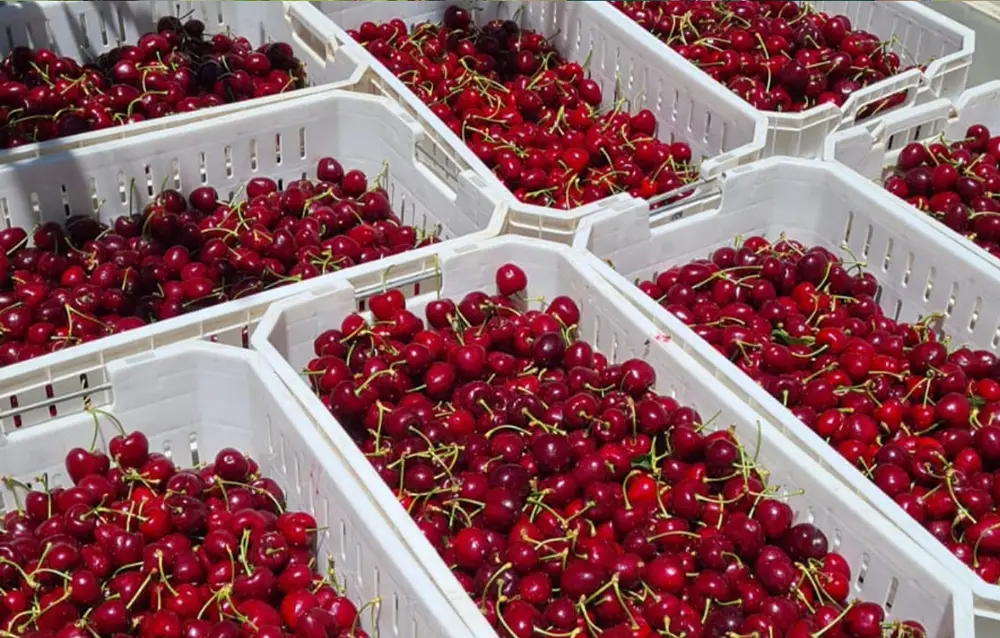Cherry Times is pleased to publish an excerpt of the reports presented at the International Congress "What biosolutions for quality cherries?" at Macfrut 2024
UPL has numerous Biosolution production plants worldwide. One of the most important is in Saint-Malo in Brittany, where biostimulants and nutrients based on algae cream filtrate are produced.
The raw material: the algae Ascophyllum nodosum, is selected and manually harvested by highly specialized personnel along the rocky coasts of Brittany. The high thermal excursions of the tides (up to 14 meters) and extreme environmental conditions induce the algae to produce and accumulate large quantities of substances with anti-stress action.
These substances, capable of activating plant physiology, are selected and give rise to the GoActiv® technology, the multi-effect component of UPL biostimulants and nutrients. The strategy consolidated over the years for cherry trees is a combination of two biostimulants. The first, BM86, which in addition to the GoActiv® technology contains organic carbon of biological origin, Mannitol, Boron, and Molybdenum, is used in the phenological stages from white buds to the end of flowering (2-3 applications).
The main effects of BM86, also applicable in organic farming, are:
- Overcoming adverse climatic conditions
- Improving crop quality
The second biostimulant is CALIBRA, which, as in the previous case, contains the GoActiv® technology, organic carbon of biological origin, Mannitol, Manganese, and Zinc, and is used in the phenological stages following petal fall (2-3 applications).
The main effects of CALIBRA, also applicable in organic farming, are:
- Improvement of qualitative and quantitative parameters
- Regulation of proper vegetative-productive development of the plant
- Increase in fruit size
The strategy of interventions with BM86 and CALIBRA is a guarantee to improve the quality and quantity of productions. This combination increases protection against environmental stress (frost, scarce or abundant rainfall, high temperatures, etc.) to which the cherry tree is subjected during the production cycle. The results are consolidated in different Italian areas and positively reflect in the PLV of farms.
To download the PDF of the presentation click here
Source: UPL
Image:
Cherry Times - All rights reserved












